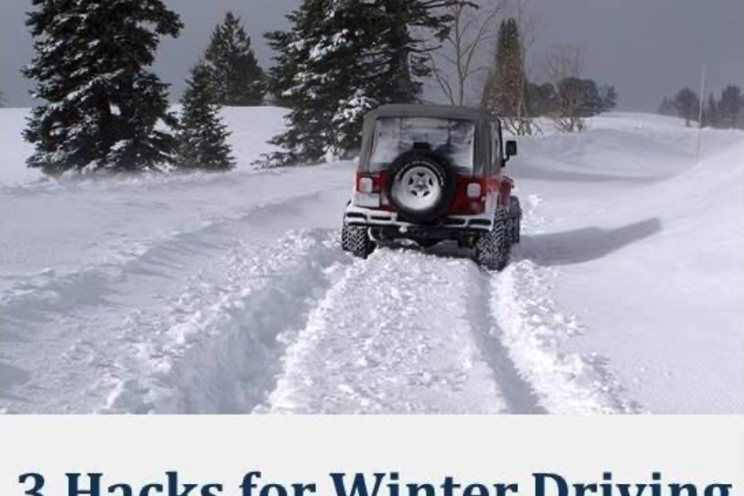Ice and snow can certainly make travel in the wintertime a treacherous experience. So it’s important to be armed with helpful information to get you safely through the snow season.
Here are three tips from professional drivers that can make a big difference for you this year:
1. Winter Tires Work Best
Adding a set of winter tires to a vehicle is the single biggest traction and improvement you can make to a car. While all-wheel-drive systems increase grip while accelerating, they don’t really help you turn or stop any better. A set of winter tires will provide increased grip in all these instances. Even on ice, winter tires provide the ABS, Traction Control and stability systems more friction to work with.
All-season tires simply don’t work as well as winter tires in snowy conditions. Winter tires have specific design elements to help them perform better in winter conditions. The tread compound provides a sponge-like grip on the road and the tread design often has many biting edges to grip the road. Winter tires have a narrow tread profile, which concentrates vehicle weight on a smaller footprint, for increased traction. Of course, combining all-wheel drive with winter tires is perhaps the ultimate winter package.
2. Separate Your Actions
A car only has three jobs: Accelerate, turn and decelerate. In order to maximize the performance of each function in winter driving conditions, you need to execute each action one at a time. Slow down, then turn, then accelerate.
If you try too quickly to change a car’s direction in winter driving conditions, you will likely lose control of the vehicle.
3. Top Off Your Tank
When driving during the winter months running out of fuel is not a risk worth taking. A bad accident can snarl traffic for hours in a remote and treacherous section of road. To stay warm, you’ll need to run your engine. You don’t want to enter those situations with a nearly-empty tank. Re-fill your tank when it reaches half way empty. In an emergency, you can run your car on idle all night on a half a tank of gas and keep yourself warm—and almost a whole day on a full tank.
Do you have questions about auto insurance? Just ask us!

